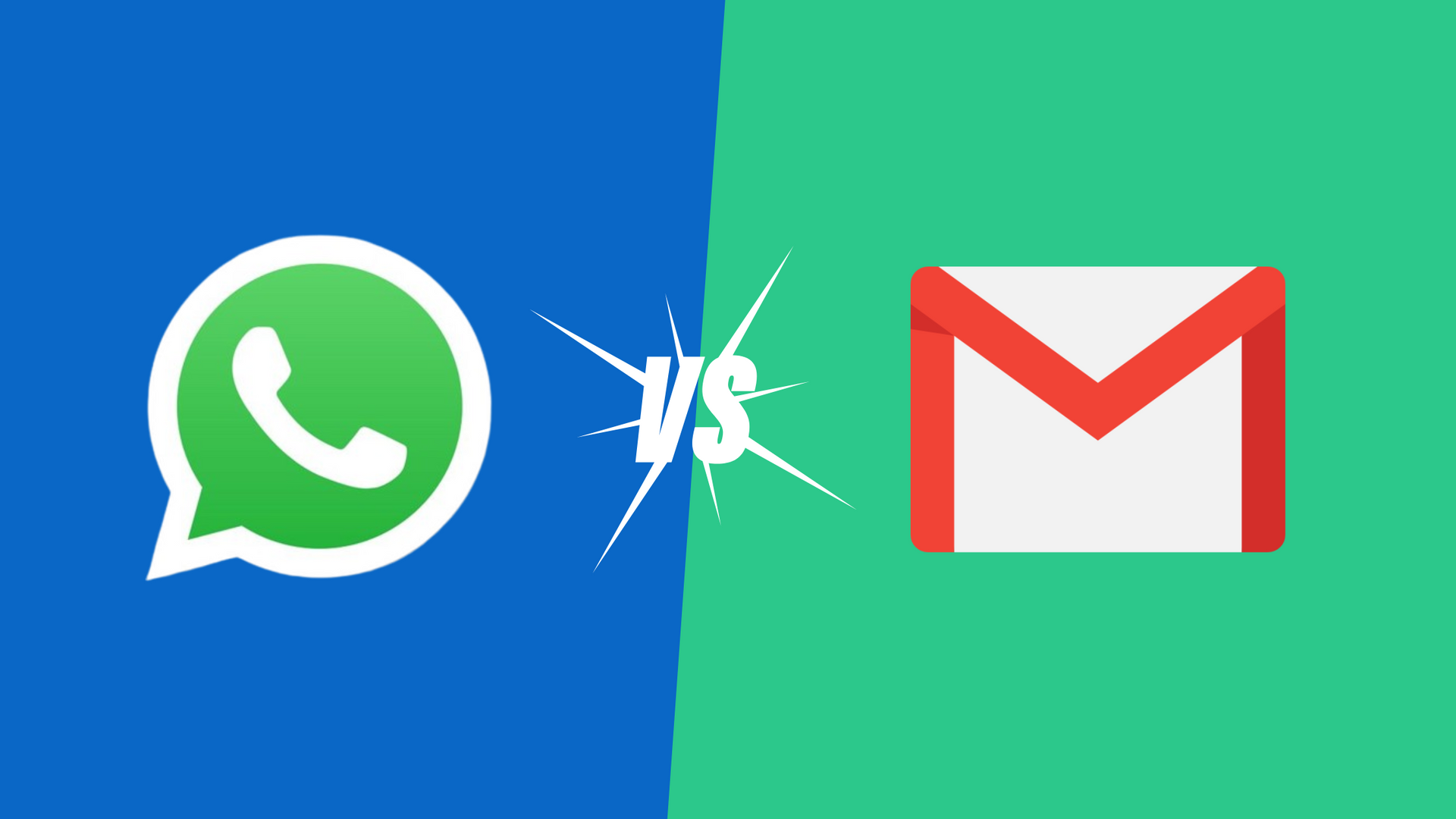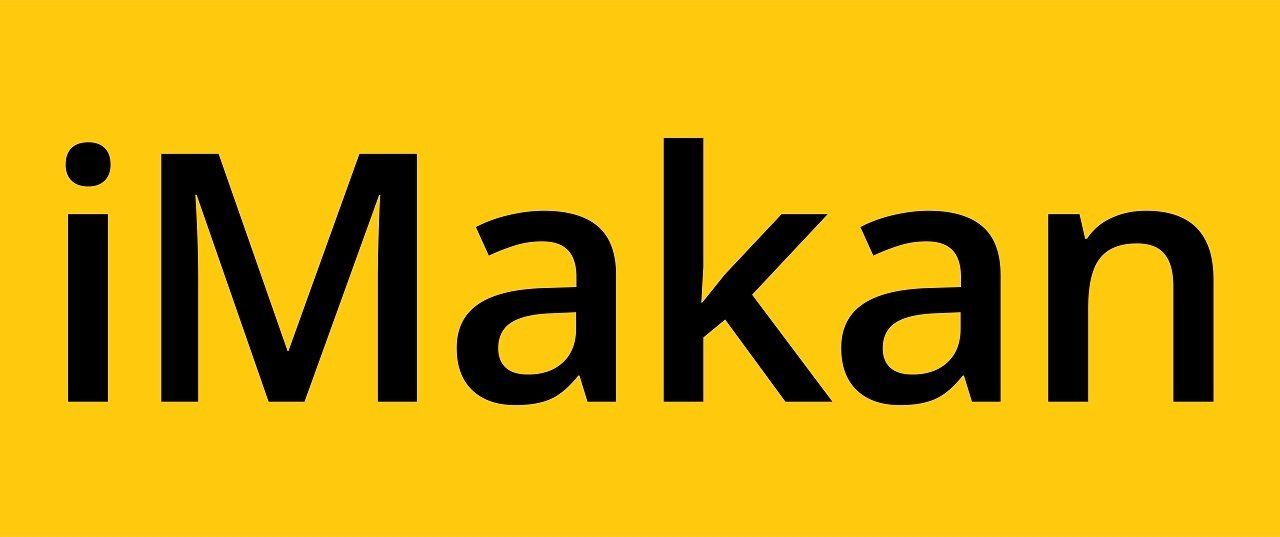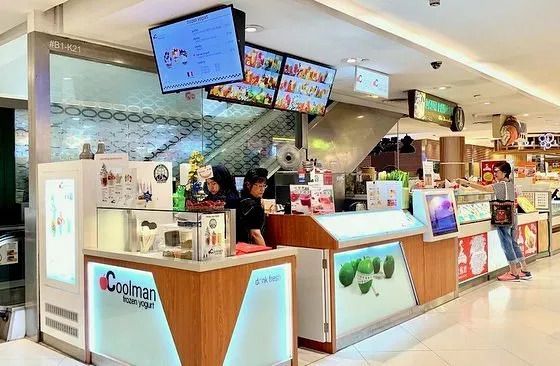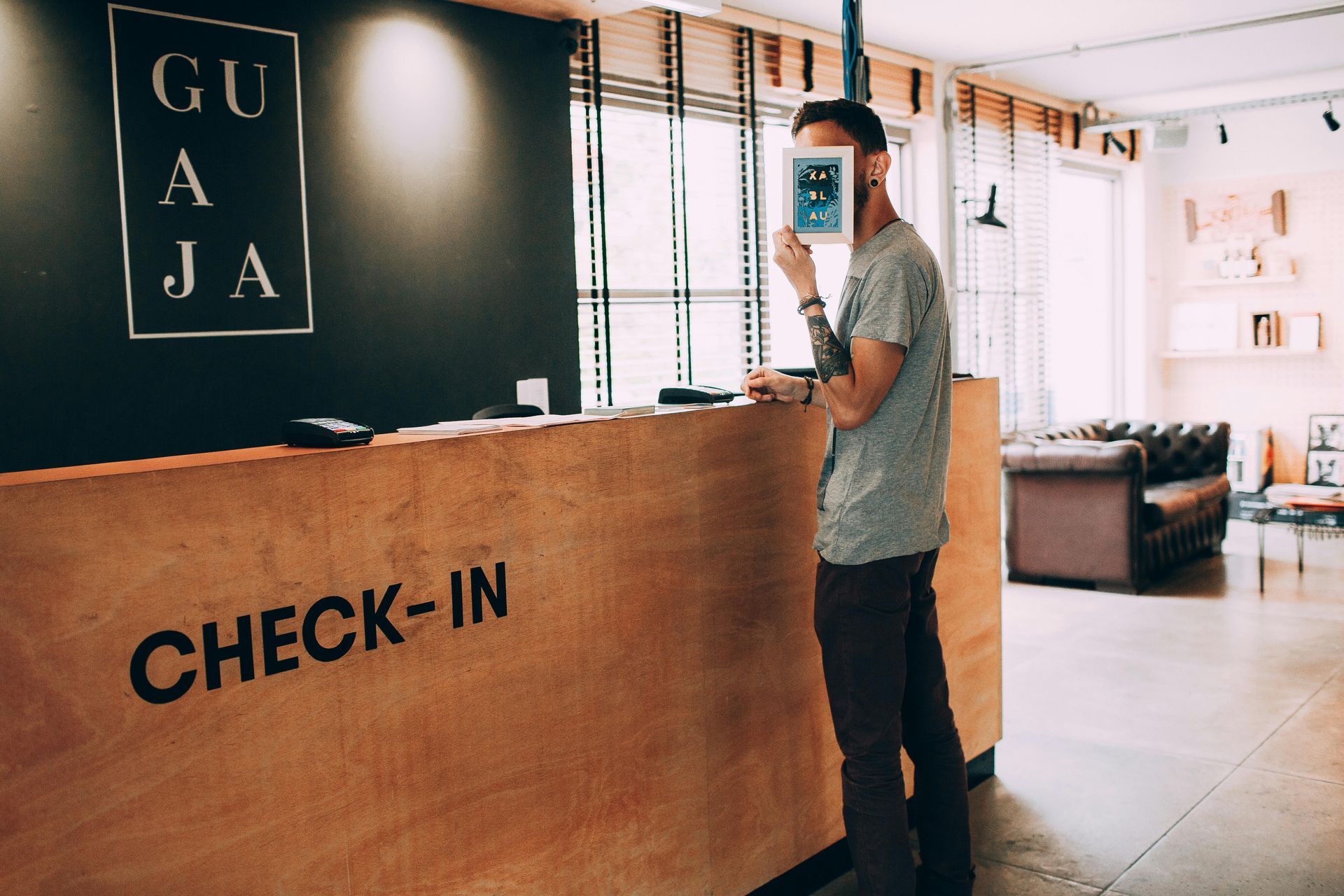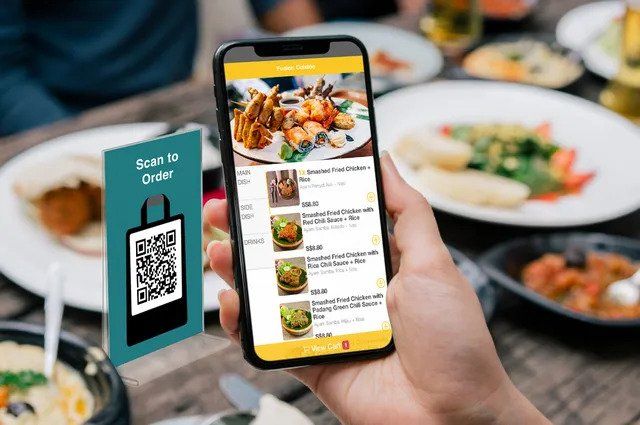In today's digital age, social media has become an indispensable tool for marketing, especially for businesses in the food and beverage (F&B) industry. For cafes in bustling culinary landscapes like Singapore, leveraging social media effectively can significantly enhance brand visibility, attract new customers, and foster a loyal following. However, navigating the realm of social media marketing requires finesse and strategy. To help cafe owners maximize their social media presence, here are eight crucial dos and don'ts tailored specifically for the Singaporean F&B scene.
The Dos:
1. Showcase Your Unique Offerings
Highlight what sets your cafe apart from the rest. Whether it's your signature coffee blend, artisanal pastries, or cozy ambience, use high-quality visuals and engaging captions to showcase what makes your cafe a must-visit destination for locals and tourists alike.
2. Engage with Your Audience
Social media is not just a platform for broadcasting; it's also a space for building relationships with your audience. Respond promptly to comments, messages, and reviews. Encourage user-generated content by reposting customer photos and testimonials, fostering a sense of community around your brand.
3. Cultivate a Consistent Brand Aesthetic
Maintain a cohesive visual identity across all your social media channels. From your Instagram feed to your Facebook page, ensure that your branding elements such as colors, fonts, and imagery align with your cafe's unique identity. Consistency breeds familiarity and reinforces brand recognition.
4. Leverage User-Generated Content
Harness the power of user-generated content (UGC) to amplify your brand's reach. Encourage customers to share their experiences at your cafe using a branded hashtag. Repost their content on your own channels, giving credit to the original creators. UGC not only serves as authentic social proof but also encourages others to visit your establishment.
5. Offer Exclusive Promotions and Contests
Entice your social media followers with exclusive promotions, discounts, and contests. Host giveaways that encourage engagement, such as tagging friends, sharing posts, or posting photos with your products. These initiatives not only drive traffic to your cafe but also foster a sense of excitement and urgency among your audience.
6. Provide Behind-the-Scenes Sneak Peeks
Offer glimpses behind the scenes to humanize your brand and connect with your audience on a personal level. Share stories about your team, the making of your signature dishes, or the journey of sourcing ingredients locally. Authentic storytelling fosters transparency and builds trust with your customers.
7. Stay Relevant with Trending Topics
Keep your finger on the pulse of current trends and conversations within the F&B industry and Singaporean culture. Capitalize on relevant holidays, local events, and food trends to create timely and engaging content. By staying relevant, you demonstrate your cafe's relevance and adaptability to changing consumer preferences.
8. Analyze and Adapt Your Strategy
Regularly monitor your social media analytics to gauge the effectiveness of your marketing efforts. Pay attention to metrics such as engagement rate, reach, and follower growth. Use insights gleaned from analytics to refine your content strategy, identify successful tactics, and pivot away from what isn't resonating with your audience.
The Don'ts:
1. Neglect Negative Feedback
Ignoring negative comments or reviews on social media can damage your cafe's reputation. Address criticism professionally and promptly, demonstrating your commitment to customer satisfaction. Take the conversation offline if necessary to resolve issues privately and prevent further escalation.
2. Overlook Visual Quality
In the visually-driven world of social media, poor-quality imagery can detract from your cafe's appeal. Invest in high-resolution photos and videos that showcase your offerings in the best possible light. Avoid using stock photos or low-quality smartphone snaps that fail to capture the essence of your brand.
3. Spam Your Followers
Resist the temptation to bombard your followers with excessive promotional content or sales pitches. Instead, strive to strike a balance between promotional posts, engaging content, and user-generated material. Focus on providing value to your audience rather than inundating them with self-promotion.
4. Neglect Cross-Platform Promotion
Each social media platform offers unique opportunities for engagement and reach. Don't limit your cafe's presence to just one platform. Explore a diverse mix of platforms such as Instagram, Facebook, Twitter, and TikTok, tailoring your content to suit the preferences and demographics of each audience.
5. Underestimate the Power of Hashtags
Hashtags are a powerful tool for increasing discoverability and expanding your reach on social media. Research and use relevant hashtags that resonate with your target audience and local community. However, avoid overloading your posts with irrelevant or excessive hashtags, which can come across as spammy.
6. Disregard Consistency
Consistency is key to building a strong and recognizable brand presence on social media. Stick to a consistent posting schedule to keep your audience engaged and maintain visibility in their feeds. Whether you post daily, weekly, or bi-weekly, establish a cadence that works for your cafe and stick to it.
7. Neglect Social Listening
Effective social media marketing goes beyond broadcasting messages—it involves actively listening to your audience. Monitor conversations about your cafe, competitors, and industry trends. Take note of feedback, suggestions, and trends, leveraging these insights to inform your marketing strategy and decision-making.
8. Underestimate the Importance of Analytics
Failing to track and analyze your social media performance can hinder your cafe's growth and success. Regularly review your analytics to identify patterns, trends, and opportunities for improvement. Use data-driven insights to refine your content strategy, optimize your advertising spend, and maximize your ROI.
By adhering to these dos and don'ts of social media marketing, cafe owners in Singapore can cultivate a strong online presence, engage with their audience effectively, and drive business growth in an increasingly competitive market. With strategic planning, creativity, and a commitment to authenticity, cafes can leverage social media to become beloved destinations both online and offline.

